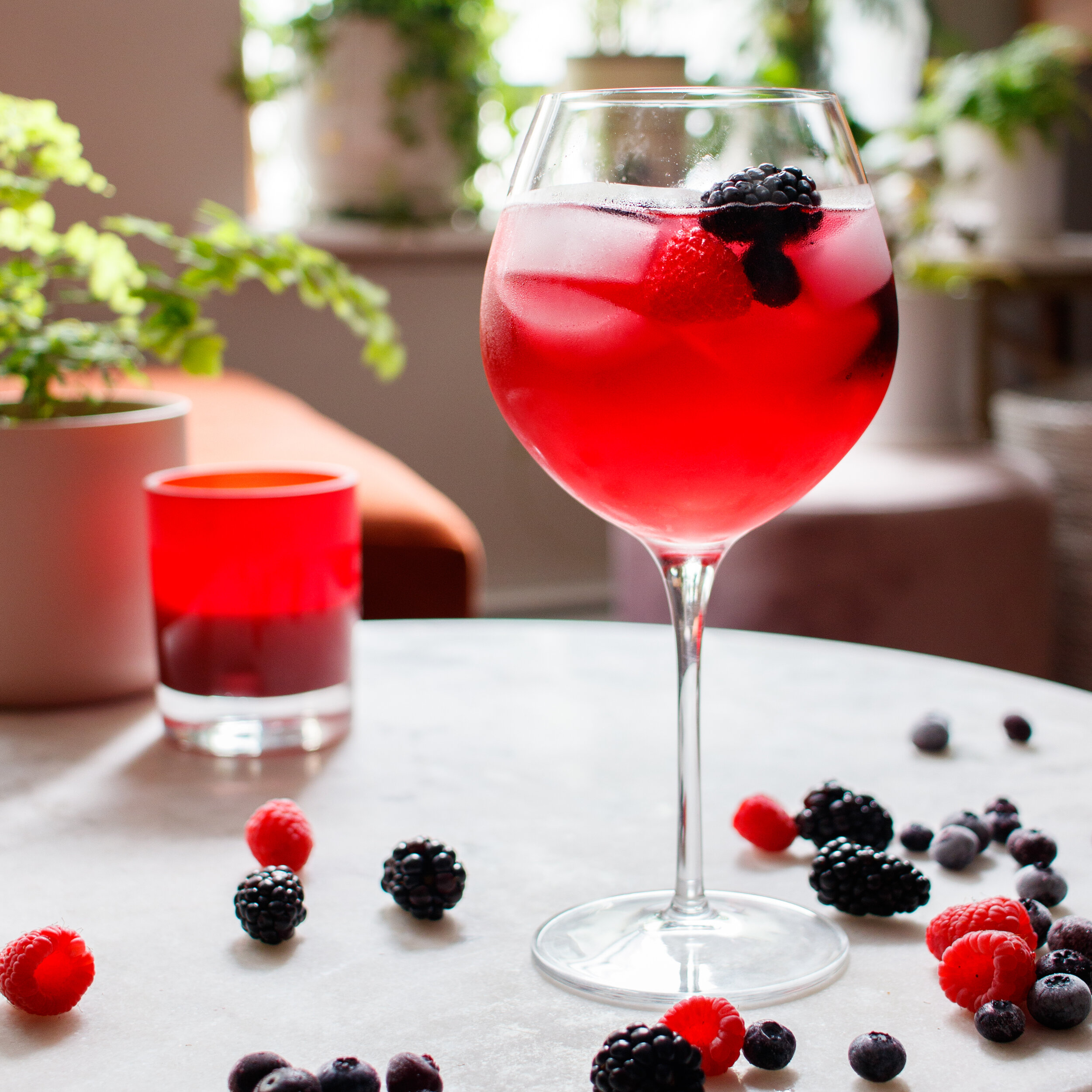Juice of half a lemon (1/2 oz)
2 oz Brandy (preferably VSOP)
1 oz Jamaican Rum
3/4 oz orgeat syrup (use one made with real almonds and cane syrup)
Garnish: Fresh grated nutmeg, and lemon slice if desired
Rinse out a glass mug or punch cup with boiling water to warm it up. Pour the water out and add lemon juice, brandy, rum, and orgeat. Top the mug off with more hot water. The larger the mug you use, the more watered down the drink will be, but this is a strong drink so that’s not necessarily a bad thing.
Grate some fresh nutmeg over the top, and serve with a lemon slice if desired.
During the civil war, soldiers were drinking so much whiskey that over the years the supply ran out and couldn’t be replenished fast enough. Fortunately for the wealthy officers and generals, they could get their hands on fancy imported brandy and rum when the whiskey supply ran low.
One such general was General Ambrose Burnside from Indiana. He was a terrible general famous for 3 things, an army career that included some devastating and embarrassing defeats, facial hair so wild and distinctive that sideburns are literally named after him, and a fancy pants punch recipe he liked sharing so much that in 1863 Jerry Thomas published it with the tagline, “This superb drink was forwarded to me by special messenger from the General.”
This punch recipe is served hot, which may seem odd to us today, but was fairly common at a time before refrigeration and cheap, plentiful ice. In fact, instead of hot water, a lot of punches would have been cut with black or green tea to add flavor.
The recipe includes lemon juice, French brandy, Jamaican rum, orgeat syrup, hot water, & nutmeg, and the flavor is reminiscent of a hot toddy. This was some fancy shit back then. French brandy and Jamaican rum were expensive and hard to get during the war. Quite a flex. Instead of everyday sugar, he used fancy ass French almond flavored orgeat syrup instead. Nutmeg was also very fancy and showed that you could afford fancy ingredients.










